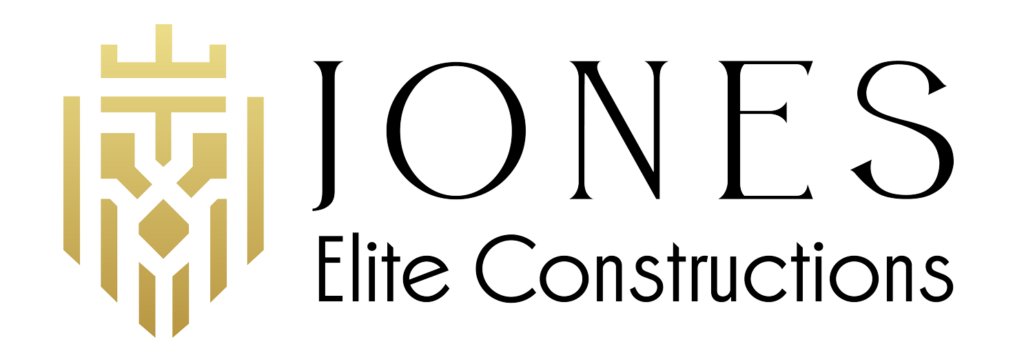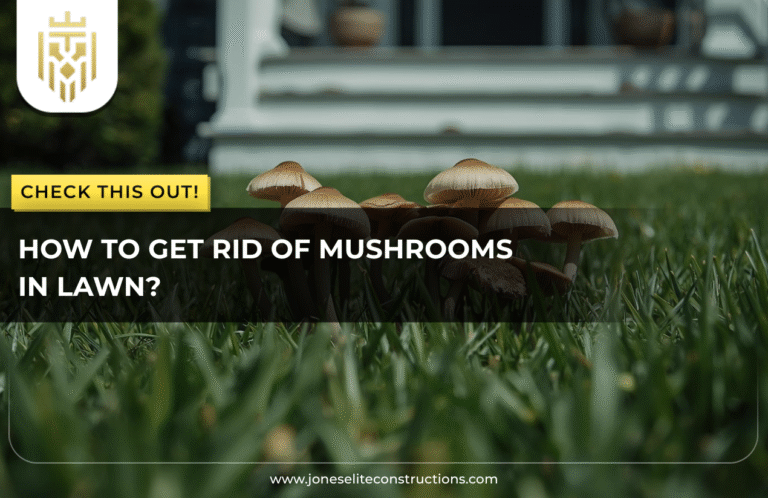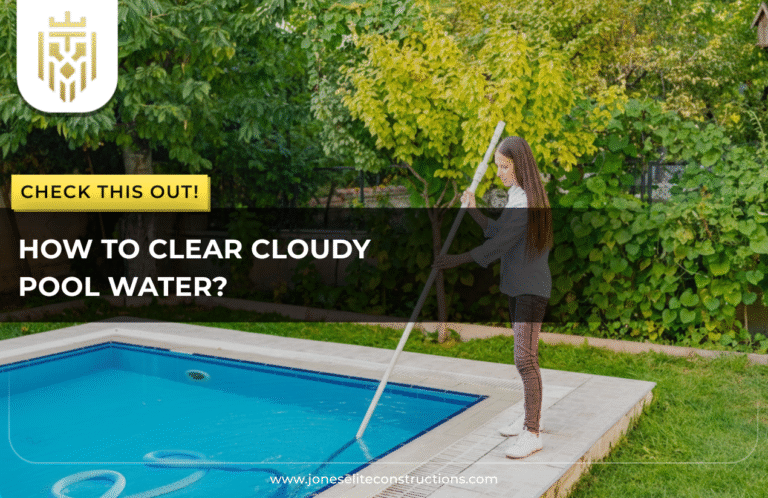Brick flooring is a durable, classic floor made of fired clay used in residential and commercial settings. It takes heavy foot traffic, gets warmer and adds character, and is easy to lay or make repairs. Brick tile flooring creates a rough texture that can easily hold moisture and thus finds use in an array of applications.
Types of Brick Flooring

Different kinds of brick floorings ranging from brick veneer to brick tiles, brick pavers, and brick laminate provide a variety of aesthetics and durability. These types provide solutions for both indoor and outdoor applications, endowing rustic charm with durability.
-
Brick Veneer
A brick veneer is a lightweight substitute for full bricks, which still carries the required aesthetic appeal with more ease of application. It can be overlaid over concrete or wood floors of different types, especially indoor brick flooring that is stylishly and space-efficiently attractive. Has less maintenance but possesses comparatively higher installation costs relative to other kinds of flooring.
-
Brick Tiles
Brick tiles are slim but versatile slices of real brick used for fireplaces, feature walls, and exterior facades. It can be used indoors or outdoors, giving a lot of flexibility when considering brick tile flooring design. The durability and natural aesthetics that they offer make them in-demand solutions in renovation projects for both residential and commercial property.
-
Brick Pavers
Brick pavers are sturdy, thin bricks for outdoor flooring on patios, driveways, and walkways. Being naturally available in various colours that resist fading, they are made through casting clay into reasonably sized forms to provide heat in their curing for durability. While indoor brick flooring is coated with a layer to maintain appearance, brick pavers function almost opposite on a whole other level in withstanding the elements outdoors.
-
Brick Laminate
Brick laminate flooring imitates real brick while giving all the durability and convenience of laminate flooring. The term brick flooring also applies to clay brick, porcelain brick, thin brick, pavers, and veneers. This option provides the timeless look of brick with a more convenient installation process and lower maintenance.
Reasons To Choose Brick Flooring

Brick flooring is extremely durable, slip-resistant, and fireproof. Recyclability and low maintenance make it a suitable flooring type for places experiencing medium to heavy traffic. Carrying with it a timeless appeal, brick-tile flooring resists wear and damage, apt for green building practices. But safety becomes an issue when the floor has no natural traction.
-
Durability
Brick flooring is a very durable choice for high foot traffic areas; thus, it craves the makeup of high durability. Other than being low-maintenance, it can withstand usage for many decades. It promises reliability and good strength whether for use outdoors or brick flooring indoors.
-
Easy Maintenance
Being resistant to wear, fire, and damage makes brick flooring low maintenance. This attribute of long-lasting durability lessens the need for frequent replacements and repairs, thus saving time and money for the owner. Brick tile flooring, therefore, is the right answer for anyone seeking performance for the longest time.
-
Fire Proof
The clay and the process of heat treatment that a brick undergoes grant it resistance to fire by nature. It maintains its form for high heat levels without burning, thus preventing the spread of fire and making it easy for any occupant to escape if fire does occur. If Brick flooring indoor is in use, it potentially adds an extra level of safety for either residential or commercial applications.
-
Recyclable
Brick flooring is completely environmental-friendly since it also can use old bricks for new floors, landscaping, and pathways. Bricks are made of natural clay, which is highly durable and reusable. Brick tile flooring reduces the waste generated during construction and stands in favour of sustainable building.
-
Slip Resistant
In general, brick flooring is slip resistant due to its naturally rough surface, which allows for good traction, even in damp conditions. This makes it safer compared to smooth surfaces, such as polished tile or hardwood. Indoor brick flooring is best suited for kitchens, or mudrooms, and entryways where moisture is usually present.
Brick Flooring Installation

Installation of brick flooring includes dry laying, setting, grouting, and sealing for durability; thus the laying is truly a matter of art and craftsmanship. Proper preparation, application of mortar, and periodic resealing determine strength. The careful work enhances the lifespan and appearance, either for indoor or outdoor use.
-
Dry Lay
Brick flooring installation will start once the specific pattern is dry-laid, or bricks will be placed in layouts without mortar for visualising the whatever final pattern there would be. Such steps would ensure the right alignment and space before final installation. A dry lay is essential for appropriate performance, especially when applied to a brick tile flooring application.
-
Laying
Brick flooring installation involves the preparation of the ground under it, putting mortar and laying down bricks. Cut bricks fit into corners, and gaps are filled with grout for more stability. Whether laying indoors or outside, sealing the surface will make it water resistant and last long.
-
Grouting
Proper grouting holds the bricks securely together and enhances the overall finish in brick flooring. Mortar is introduced into the joints through the opening of a grout bag or float, and any excess is wiped clean. Proper grouting in brick tile flooring helps maintain structural integrity while also improving the aesthetic of the floor.
-
Seal Again
After installation, brick floors require resealing to guard against moisture, stains, and wear. Sealing is needed periodically, depending on foot traffic, to maintain its durability and appearance. Indoor or outdoor use, applying a protective sealant is necessary to ensure the quality of brick flooring.
How to Maintain Your Brick Floors for Longevity

Important maintenance tips include regular sweeping, cleaning with mild detergent, sealing, and avoiding any standing water. With periodic resealing, brick tile floors can protect against moisture damage and provide a beautiful long-lasting finish.
-
Use Mild Detergent
Brick floors must be cleaned with water and mild detergent using soft broom or mop. Such cleaning methods do not harm the surfaces but rather clean up all accumulated dirt and stains. Using strong chemicals will ensure the brick tile flooring remains intact and still maintained with good looks.
-
Seal Your Floors
The sealing of brick floors takes place repeatedly, where a high-quality sealant is used to seal them from moisture, stains, and dirt. The sealing process would enhance durability of the surface and prolong the lifespan of the brick flooring, whether indoor or outdoor. It would ensure that the flooring remains strong and aesthetically pleasing over time.
-
Avoid Areas with Standing Water
Homeowners must be cautious about standing water because the bricks can be weakened after an extended period of exposure to moisture. Proper drainage, sealant, and rugs on high moisture areas ensure that bricks remain long-lasting. This is most important for brick tile flooring in kitchens, bathrooms, and entryways.
-
Deep Clean and Reseal
Regular sweeping or vacuuming to remove dirt and debris is a must for the upkeep of such floors. In addition, deep cleaning with a mild detergent and resealing these floors from time to time helps lengthen their life and prevent damage. For an indoor environment, cleaning and sealing brick flooring on a regular basis support long-lasting life and good appearance.
FAQs
1) What kind of Bricks are used for Flooring?
Common types include clay bricks, brick pavers, brick veneer, and brick tiles. Brick flooring indoors usually refers to thin durable options like brick tile flooring, while outdoor spaces will be constructed using heavier weather-resistant bricks.
2) How to maintain Brick Floors?
Important maintenance tips include regular sweeping, cleaning with mild detergent, sealing, and avoiding any standing water. With periodic resealing, brick tile floors can protect against moisture damage and provide a beautiful long-lasting finish.
3) What is a Brick Floor?
Brick flooring is a durable, classic floor made of fired clay used in residential and commercial settings. It takes heavy foot traffic, gets warmer and adds character, and is easy to lay or make repairs.
4) Do brick floors require a lot of maintenance?
No, brick flooring requires minimal upkeep. Regular sweeping, occasional deep cleaning, and brick tile flooring sealing every few years prevent damage. Its durability makes it a low-maintenance, long-lasting flooring option.









